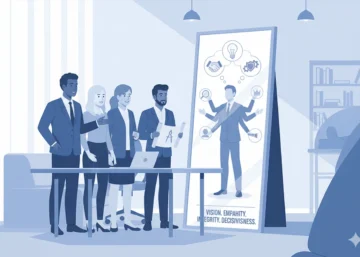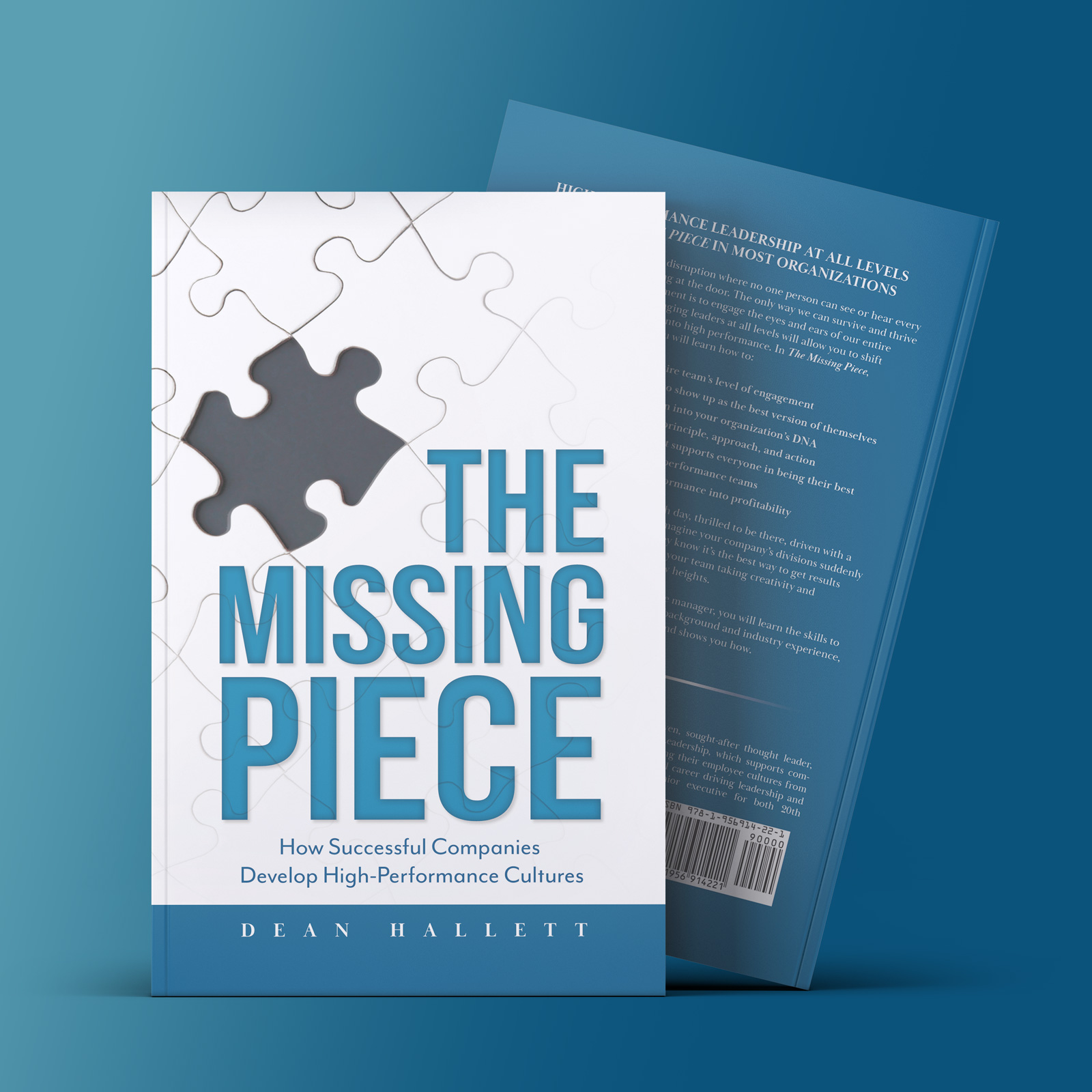
If the last few years have taught us anything, it’s this: leadership isn’t just about strategy, numbers, or bottom lines. The old-school command-and-control style, where leaders bark orders and employees fall in line, just doesn’t cut it anymore. Today’s workforce is looking for something different. They want leaders who get them. Leaders who listen, understand and connect on a human level.
Enter empathetic leadership.
While the term has become a buzzword, it’s an important shift that’s reshaping how organizations run, how teams collaborate, and how people show up to work every day.
What Is Empathetic Leadership, Really?

At its core, empathetic leadership means leading with understanding. It’s the ability to put yourself in someone else’s shoes, whether they’re a burned out employee, a client dealing with stress, or even a colleague trying to juggle kids at home and deadlines at work.
Empathetic leaders don’t just ask, “What’s wrong?” They ask, “How can I support you?”
The difference is huge.
Why Soft Skills Are the New Power Skills

Technical skills will always matter. You wouldn’t want your surgeon to make up for shaky hands with good vibes. But in most workplaces, the competitive edge doesn’t come from who knows the most Excel shortcuts. It comes from who can build trust, navigate conflict, and motivate people to give their best.
Here’s why soft skills are now power skills:
- Retention is the new recruitment. People don’t leave bad companies. They leave bad managers. Empathetic leaders keep teams engaged, loyal, and less likely to jump ship.
- Collaboration beats silos. Teams thrive when leaders encourage openness, curiosity, and genuine listening.
- Innovation needs psychological safety. If people feel judged or dismissed, they won’t share bold ideas. Empathy creates the safety net for risk-taking.
- Crisis demands humanity. Whether it’s a pandemic, layoffs, or social upheaval, leaders who respond with compassion keep trust intact.
The Pandemic Accelerated the Shift
Before 2020, empathy at work might have been considered “nice to have,” but the pandemic blew that thinking out of the water. Suddenly, leaders were shepherding projects while also managing fear, uncertainty, and lives turned upside down.
The leaders who thrived weren’t necessarily the ones with the sharpest strategic plans. They were the ones who checked in on their people, acknowledged the strain, and adjusted expectations with compassion.
That moment created a permanent shift in how we think about leadership. Employees now expect empathy, not as a bonus, but as a baseline.
Soft Skills Truly Set You Apart

In early 2000, we had a change in leadership at the Walt Disney Studios. Peter Schneider took the helm as Chairman. Soon afterwards, the studio CFO vacated his role, presenting me with an opportunity to step into his shoes. There was no guarantee that I would be the successor, though I was confident I had the requisite technical skills for the role.
One day, while the CFO search process was underway, I was in the office of the head of legal and business affairs. As I glanced on her desk, I noticed a note card she had received from the exiting CFO, which read, “Dean has to be the CFO. He knows how to talk to the Chairman.”
In that moment, it was clear to me that while a solid technical expertise was necessary, the most important attribute in senior leadership was the ability to communicate. The ability to form and build relationships through human connection.
Soft skills work both ways – up and down the ladder. Your team wants to know that you empathize with them, and your direct manager wants to know that you understand and are aligned with them.
What Empathetic Leadership Looks Like in Practice

So, what does this look like day-to-day?
- Active listening. Not just nodding along, but really hearing what’s being said (and what’s not being said).
- Flexibility. Understanding that productivity doesn’t always happen 9-to-5, and that life sometimes gets messy.
- Transparency. Being honest about challenges instead of hiding behind corporate jargon.
- Recognition. Taking the time to say “thank you” or highlight someone’s effort can go further than a bonus check.
- Emotional awareness. Noticing when someone’s off their game and making space for them to reset.
Does This Make Leaders Too Soft?

This is the biggest myth about empathetic leadership. Empathy doesn’t mean lowering the bar, avoiding tough conversations, or letting people slide. It means balancing compassion with accountability.
Think of it like this: empathy helps you understand where someone’s coming from so you can guide them toward growth instead of shutting them down. It’s not soft. It’s strategic.
The good news? Empathy isn’t some mystical trait you’re either born with or not. It’s a skill, and like any skill, it can be practiced.
- Ask better questions. Swap “How are you?” for “What’s on your plate right now?” or “What would make this week easier for you?”
- Practice perspective-taking. Before responding, ask yourself: If I were in their shoes, how would this feel?
- Give your full attention. Close the laptop, silence the phone, and really tune in during conversations.
- Seek feedback. Ask your team how they feel about your leadership style, and actually act on their input.
- Show vulnerability. Admit you don’t have all the answers – it makes you relatable and trustworthy.
The Bottom Line
The rise of empathetic leadership is the future. As workplaces become more diverse, more distributed, and more human-centered, leaders who lean into empathy will have the edge.
Here’s the truth: people don’t just want to work for you. They want to work with you. Shifting from command-and-control to empathy and connection might just be the biggest leadership revolution of our time.
So if you’re a leader (or aspiring to be one), here’s the challenge: don’t just sharpen your technical skills. Sharpen your soft skills. Because in today’s world, empathy isn’t soft at all. It’s powerful.




